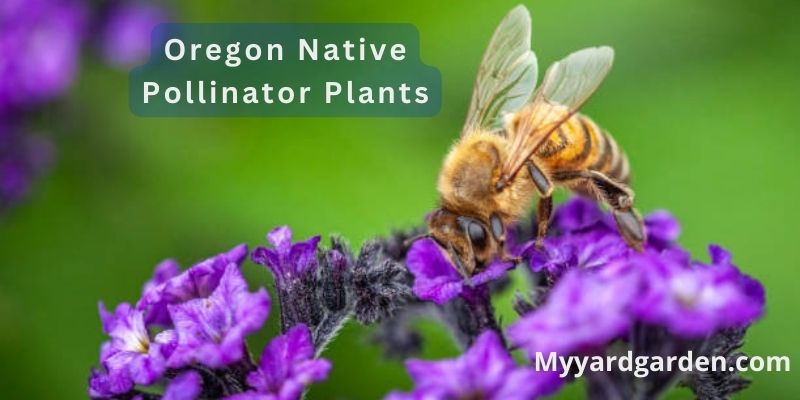Pollinators play a crucial role in maintaining the health and productivity of ecosystems around the world. In Oregon, there are numerous native pollinator plants that are essential for the survival of local insect species, including bees, butterflies, and moths.
Planting native pollinator plants in gardens, parks, and other public spaces can help support these important pollinators and promote the conservation of Oregon’s unique ecological systems.
We will explore the various types of native pollinator plants found in Oregon, their ecological, economic, and social benefits, as well as provide practical guidance on how to plant and maintain these plants in your own garden.
9 Types Of Oregon Native Pollinator Plants
There are a wide variety of native pollinator plants in Oregon, including wildflowers, shrubs, and trees. Here are some examples of each:
Wildflowers
Lupine (Lupinus spp.)
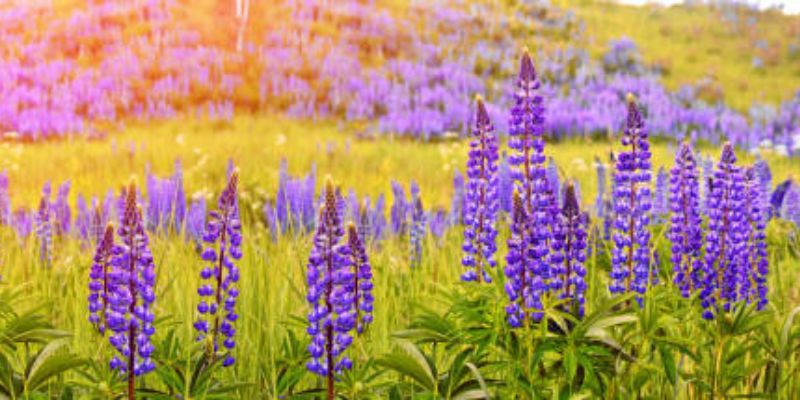
Lupine is a beautiful wildflower that is native to Oregon and is a favorite of bumblebees and other native bees. There are many species of lupine that are native to Oregon, and they come in a variety of colors, including blue, pink, and purple.
Indian Paintbrush (Castilleja spp.)
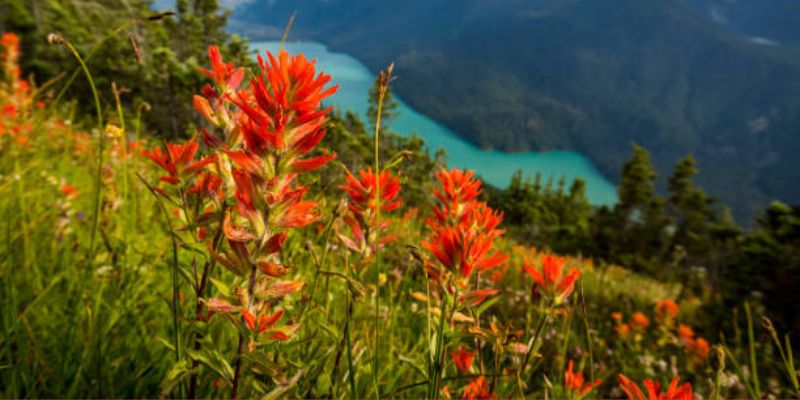
Indian Paintbrush is a striking wildflower that is commonly found in meadows and along roadsides in Oregon. It is an important nectar source for hummingbirds and butterflies.
Douglas Aster (Symphyotrichum subspicatum)
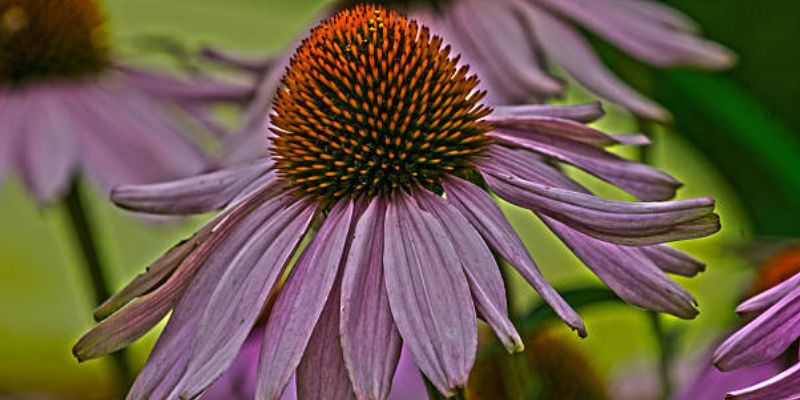
Douglas Aster is a wildflower that is native to the Pacific Northwest and is an important source of nectar for native bees, butterflies, and moths. It blooms in late summer and early fall and has beautiful purple flowers.
Shrubs
Pacific Ninebark (Physocarpus capitatus)
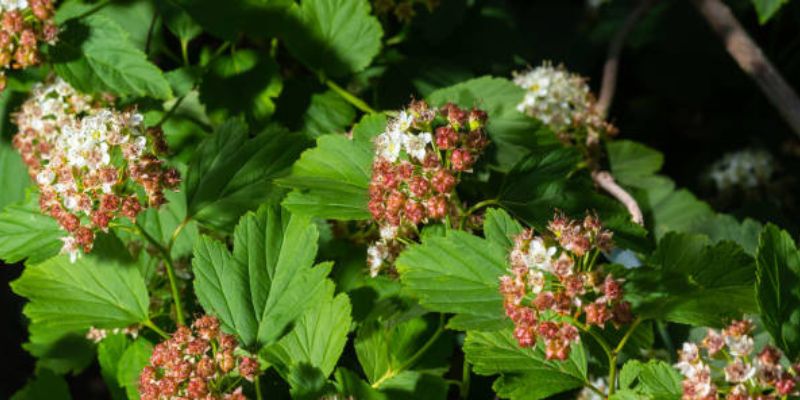
Pacific Ninebark is a deciduous shrub that is native to western North America. It produces clusters of white or pink flowers in the spring, which are attractive to bees and butterflies.
Red-flowering Currant (Ribes sanguineum)
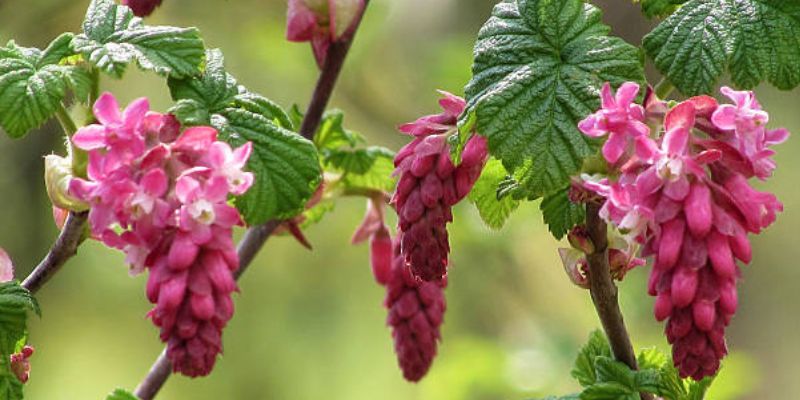
Red-flowering Currant is a deciduous shrub that is native to western North America. It produces beautiful pink or red flowers in the spring, which are attractive to hummingbirds and butterflies.
Oceanspray (Holodiscus discolor)
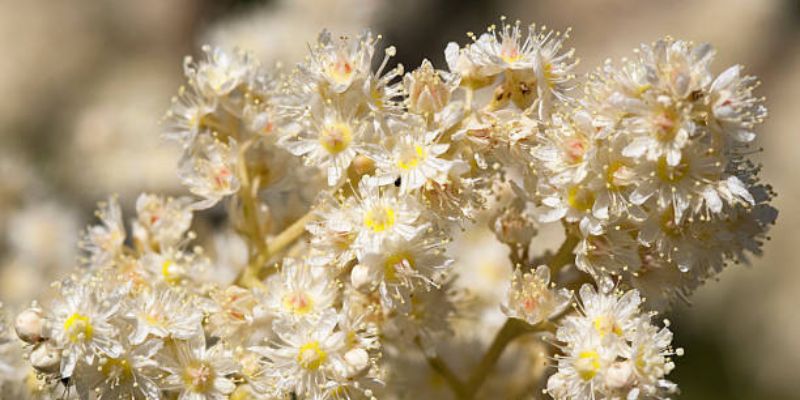
Oceanspray is a deciduous shrub that is native to the Pacific Northwest. It produces clusters of white or pink flowers in the spring and is an important source of nectar for native bees, butterflies, and moths.
Trees
Oregon White Oak (Quercus garryana)
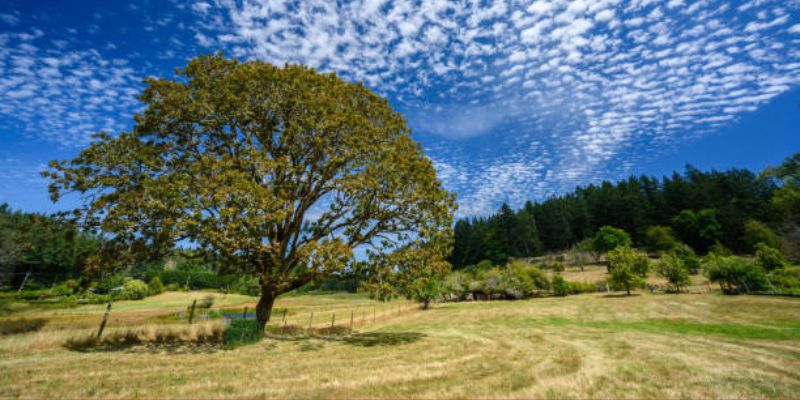
Oregon White Oak is a large deciduous tree that is native to the Pacific Northwest. It produces acorns in the fall, which are an important food source for many animals, including squirrels, deer, and birds.
Bigleaf Maple (Acer macrophyllum)
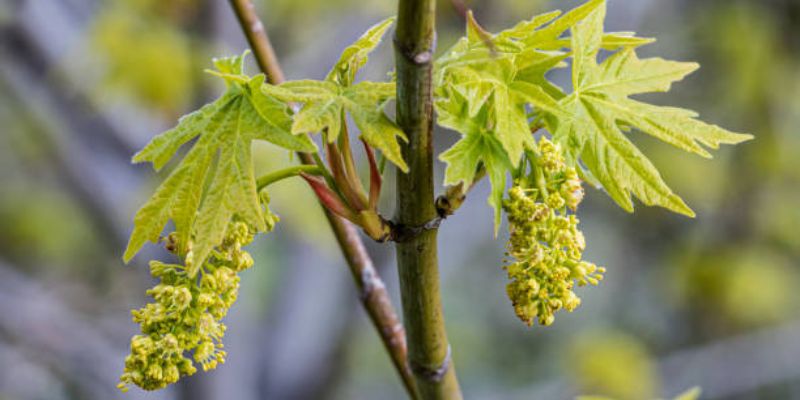
Bigleaf Maple is a deciduous tree that is native to the Pacific Northwest. It produces clusters of yellow or green flowers in the spring, which are attractive to bees and butterflies.
Pacific Madrone (Arbutus menziesii)
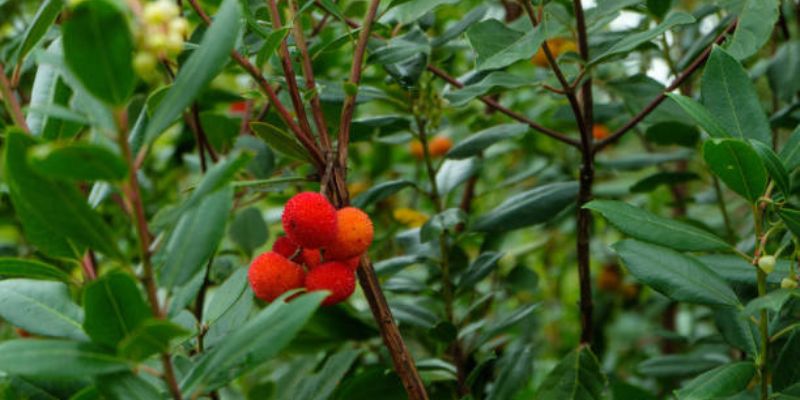
Pacific Madrone is an evergreen tree that is native to the Pacific Northwest. It produces clusters of white or pink flowers in the spring, which are attractive to bees and butterflies. Its berries are an important food source for birds and mammals.
Importance Of Native Pollinator Plants In Oregon
Native pollinator plants play a critical role in the health and functioning of Oregon’s ecosystems. Here are some of the key ecological, economic, and social benefits of planting native pollinator plants:
Ecological Benefits
- Habitat preservation
Native pollinator plants provide critical habitats for bees, butterflies, moths, and other insects. Many of these insects are important pollinators of native plants, which help to maintain the diversity and health of Oregon’s ecosystems.
- Ecosystem function
Pollinators play a crucial role in the pollination of many crops and wild plants, which in turn support the food webs and ecological processes that are essential for the survival of many other species.
- Biodiversity
Native pollinator plants are an important component of the rich biodiversity of Oregon’s natural systems. By providing habitat for a wide range of insect species, they help to maintain healthy ecosystems and support the conservation of rare and endangered species.
Economic Benefits
- Agriculture
Many crops that are important for Oregon’s agricultural industry, such as blueberries, cherries, and apples, rely on pollinators for successful pollination and fruit set.
By planting native pollinator plants, farmers and growers can support the health and productivity of their crops and reduce the need for costly pollination services.
Local businesses
Native pollinator plants can also provide economic benefits for local businesses such as nurseries, garden centers, and landscapers, by providing a new market for native plant sales and supporting the development of local expertise in native plant gardening.
Social Benefits
- Aesthetic value
Native pollinator plants are often beautiful and attractive additions to gardens, parks, and other public spaces.
They can provide a wide range of colors, textures, and shapes that enhance the aesthetic appeal of these spaces and create opportunities for nature-based recreation and relaxation.
- Educational opportunities
Planting native pollinator plants can also provide valuable educational opportunities for students, teachers, and the general public.
By learning about the ecology and importance of native pollinators, people can become more engaged with the natural world and develop a deeper appreciation for the complex interactions that support healthy ecosystems.
The importance of native pollinator plants in Oregon cannot be overstated. By planting these important species in our gardens and public spaces, we can help support the health and functioning of our ecosystems, provide economic benefits for our agricultural industry and local businesses, and enhance our quality of life by creating beautiful educational spaces for people to enjoy.
How To Plant Native Pollinator Plants In Oregon
If you are interested in planting native pollinator plants in Oregon, here are some steps you can take to ensure success:
Choosing The Right Plants
- Matching plant to site
Choose plants that are well-suited to the growing conditions of your site, including soil type, sunlight, and water availability.
- Soil considerations
Many native pollinator plants prefer well-drained soils with low to moderate fertility. Conduct a soil test to determine the pH and nutrient levels of your soil and amend as necessary.
- Water requirements
Choose plants that are adapted to the water availability of your site. Native plants are often more drought-tolerant than non-native plants and may require less watering.
Planting Techniques
- Site preparation
Clear the planting area of any weeds or unwanted vegetation. If necessary, till the soil to a depth of 6-8 inches to loosen and aerate the soil.
- Planting
Dig a hole that is slightly larger than the root ball of your plant. Place the plant in the hole and backfill it with soil, being careful not to bury the stem of the plant. Water thoroughly after planting.
- Maintenance
Water your plants regularly, especially during the first year after planting. Mulch around the base of the plants with a layer of organic material, such as wood chips or leaves, to help retain moisture and suppress weeds. Prune your plants as needed to promote healthy growth and remove any dead or diseased branches.
Resources For Planting
- Local nurseries
Visit local nurseries that specialize in native plants to find a wide selection of plants that are well-suited to your region.
- Extension offices
Contact your local Extension office for information and guidance on planting native pollinator plants in your area.
- Native plant societies
Join a local native plant society to learn more about the benefits of native plants and connect with other plant enthusiasts in your community.
By following these steps and utilizing available resources, you can successfully plant and maintain native pollinator plants in your garden or public space in Oregon.
Conclusion
Planting native pollinator plants in Oregon is a great way to support the health and functioning of our ecosystems while providing economic and social benefits for our communities.
By choosing the right plants for your site and following best practices for planting and maintenance, you can create beautiful and productive gardens and public spaces that support the survival of native bees, butterflies, and other important insect species.
Whether you are a farmer, a gardener, a business owner, or a concerned citizen, there are many resources available to help you get started on your journey to plant native pollinator plants in Oregon.
Together, we can work to preserve the ecological diversity and richness of our natural systems and create beautiful and sustainable landscapes for generations to come.
